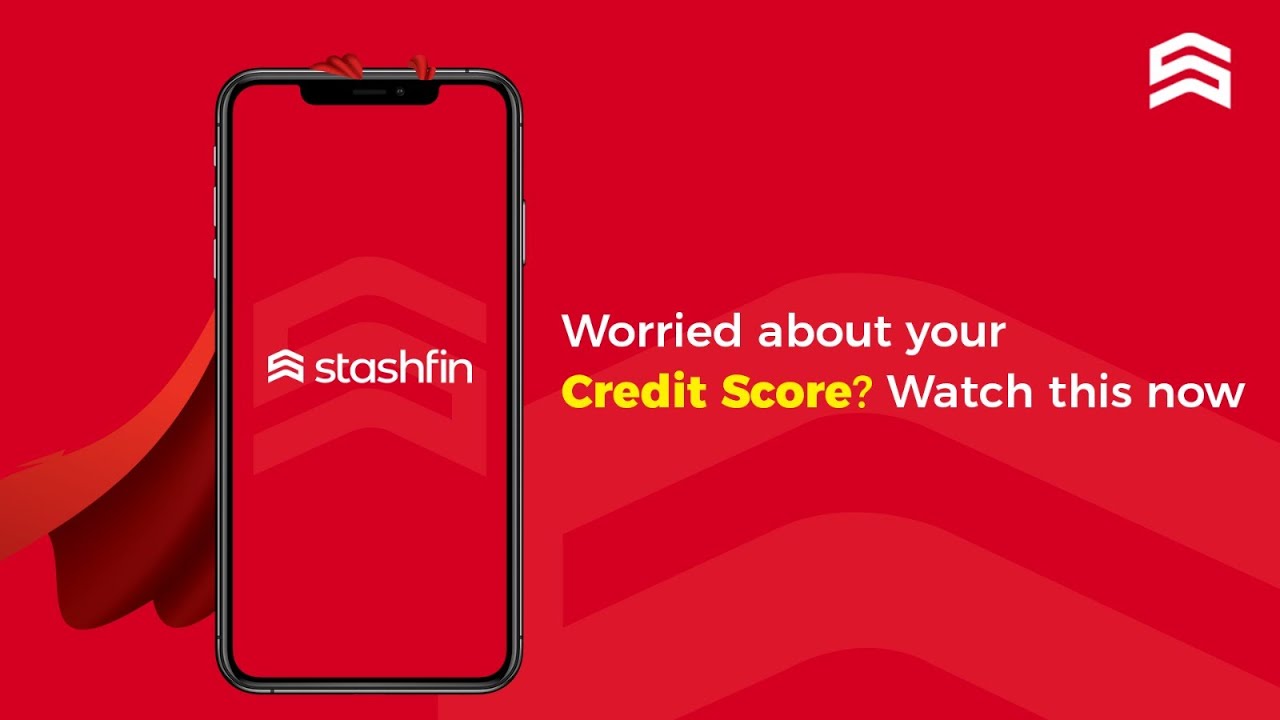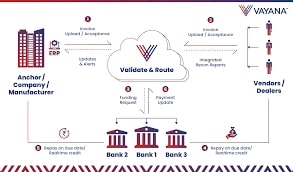Delayed payments can stall business momentum. Whether you are a startup or a large enterprise, waiting 30 to 90 days for invoice settlements often creates cash flow gaps that restrict day-to-day operations. Invoice discounting solutions provide a smart workaround, unlocking funds tied up in receivables without the obligations of traditional loans or the exposure that comes with factoring. That said, not all platforms are created equal. The ideal solution depends on your business size, digital maturity, and liquidity needs. Here’s how to evaluate and choose a platform that fits.
What Is Invoice Discounting?
Invoice discounting allows companies to receive early payments against unpaid customer invoices. Typically, up to 90% of the invoice value is advanced by a financier. Once the buyer clears the invoice, the remainder, minus fees, is paid out. Unlike factoring, the financing happens discreetly. The customer is not informed that the invoice has been financed. This makes invoice discounting attractive for businesses seeking speed, flexibility, and confidentiality, without navigating bank loan formalities.
Tailoring Platform Choice by Business Size
Micro and Small Enterprises (MSMEs): These businesses are hit hardest by payment delays. They need simple, fast, and low-friction solutions. Most don’t have in-house finance teams or sophisticated systems. So, the ideal platform should offer minimal paperwork, easy onboarding, and quick disbursals. Support for selective i nvoice discounting is helpful, especially when dealing with a few large buyers.
Mid-sized Businesses: Growing companies with some system automation and a wider client base benefit from platforms that offer scalability, cash flow analytics, and risk tools. Integration with accounting systems is increasingly important, as is flexibility in choosing which invoices to discount.
Large Enterprises: These businesses handle large volumes of receivables across complex supply chains. They need platforms that support bulk processing, integrate with ERP tools, and offer advanced features like automated credit decisioning, buyer scoring, and real-time reporting.
Key Features to Look For
1. Easy Onboarding: Look for platforms that simplify registration through digital KYC, intuitive interfaces, and quick document uploads. For MSMEs, getting set up in a matter of hours, not days, can be the difference between a cash crunch and continuity.
2. Speed of Disbursement: A reliable platform should release funds within 24 to 72 hours of invoice approval. Anything slower defeats the purpose of bridging short-term liquidity gap. While fintechs don’t disburse funds themselves, leading platforms like Vayana ensure that partner banks release funds in the next settlement cycle post invoice upload, often within just a few hours.
3. Transparent Pricing: Understand the cost structure. The best platforms offer clear information on discount rates and service fees. MSMEs, often operating on tight margins, should avoid platforms with hidden charges or unclear terms.
4. Data Security and Compliance: When sharing invoices and sensitive financial information, platform credibility matters. Look for RBI-registered entities, fintechs backed by institutional investors, or platforms partnered with trusted banks and NBFCs. They should also comply with local data protection norms.
5. Integration with ERP and Accounting Software: For mid-size and large companies, seamless integration with tools like SAP, Tally, or Oracle is essential. It reduces manual data entry, improves accuracy, and provides real-time visibility into receivables, compliance, and funding status. Vayana’s API services integrate effortlessly with leading ERPs, enabling automated invoice validation, GST filing, and reconciliation workflows. With plug-and-play APIs and scalable architecture, businesses can digitize trade operations without overhauling their existing systems.
This not only improves operational efficiency but also strengthens compliance and cash flow visibility.
6. Risk Analytics and Buyer Assessment: Leading platforms do more than fund invoices. They help identify risky buyers, forecast cash flows, and inform discounting decisions. This insight supports better planning, especially for mid-sized and large enterprises with a broad client base.
TReDS vs. Non-TReDS Platforms
India’s invoice discounting landscape consists of two primary types of platforms:
TReDS Platforms: Regulated by the Reserve Bank of India, platforms like RXIL and M1xchange focus on MSMEs and use a transparent bidding process among financiers to offer the best rates.
Non-TReDS Platforms: These offer more flexible solutions that serve a wider range of business types. Vayana, for example, specialises in digital trade finance and enables businesses to secure invoice-backed loans via its network of lending partners. After invoice upload and buyer verification, funds are disbursed quickly, sometimes for amounts as low as ₹2,500. Loan tenures range from 30 to 120 days. Vayana's platform streamlines onboarding and documentation, making it especially effective for small enterprises without dedicated finance teams.
Invoice discounting has become a vital financial tool for businesses navigating delayed receivables. For MSMEs, it can ensure salaries are paid and operations keep running. For mid-sized companies, it offers room to grow without incurring long-term debt. For large corporations, it is a tool to optimize liquidity across their supplier networks.
The key is choosing a platform that matches your size, needs, and workflow. Whether you are seeking speed, scale, or smart insights, the right platform turns unpaid invoices into a financial advantage.








